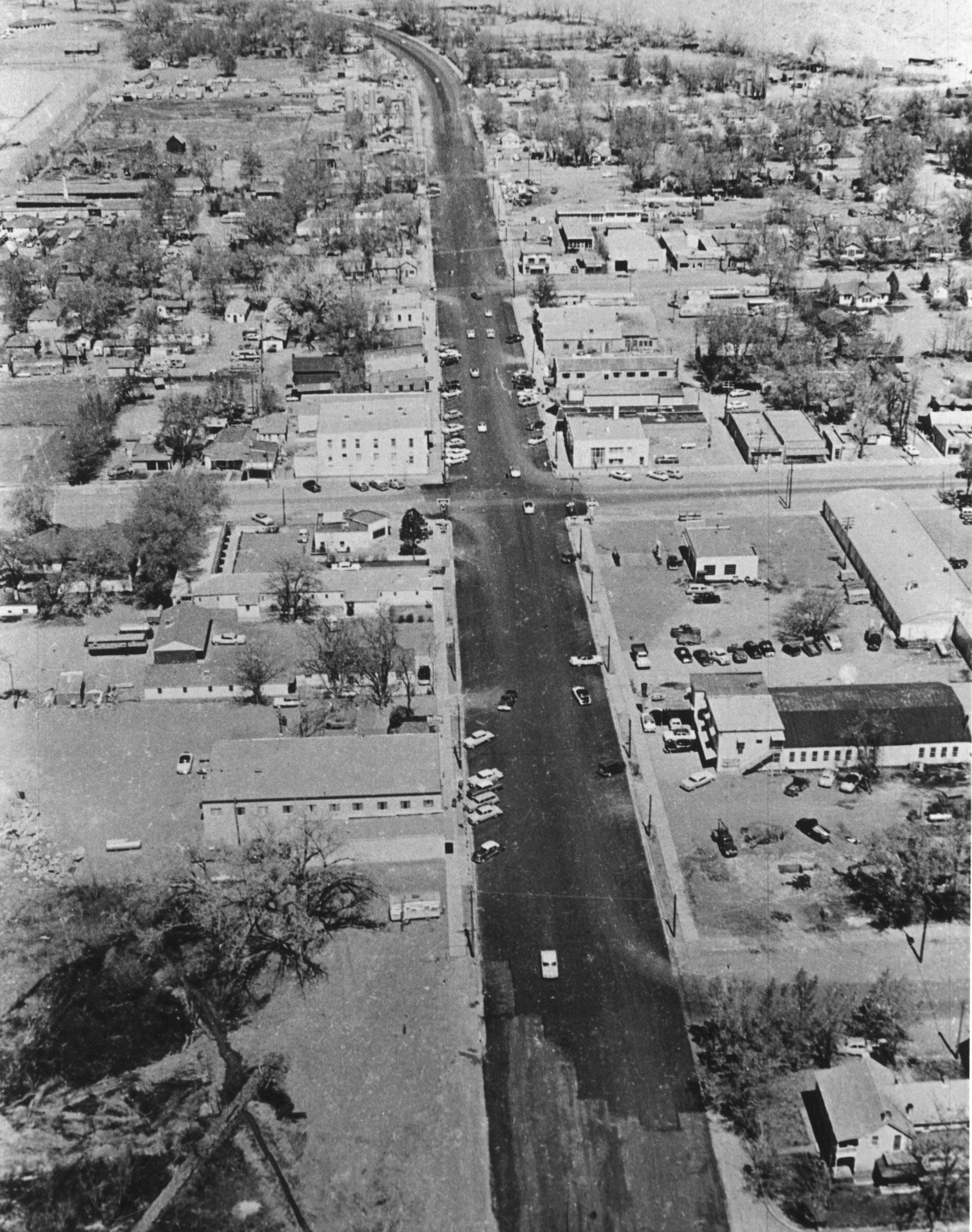Some information may be outdated.
The uranium mining boom of the 1950s changed Moab tremendously, transforming the sleepy, remote city into a bustling, affluent boomtown. While a lot changed overnight, other facets of the town’s growth took time. Moab’s transformation during and after the Boom is recorded in the living memories of Moabites today, oral histories, and photographs—including many stories housed at the Museum.
Schools were crowded with an influx of students as families streamed into Moab looking to take advantage of the new economic opportunities. The housing market, similarly, was crunched, even as employers like “uranium king” Charlie Steen developed neighborhoods of employee housing.
The face of Moab’s downtown shifted too, adapting to its changing economy and culture. Photographs from the Moab Museum’s collections show a glimpse into the shifts that unfolded.


The Moab Museum is dedicated to sharing stories of the natural and human history of the Moab area. This is part of a series highlighting photographs and stories of downtown Moab over time. To explore more of Moab’s stories and artifacts, find out about upcoming programs, and become a Member, visit www.moabmuseum.org.
Appreciate the coverage? Help keep local news alive.
Chip in to support the Moab Sun News.





